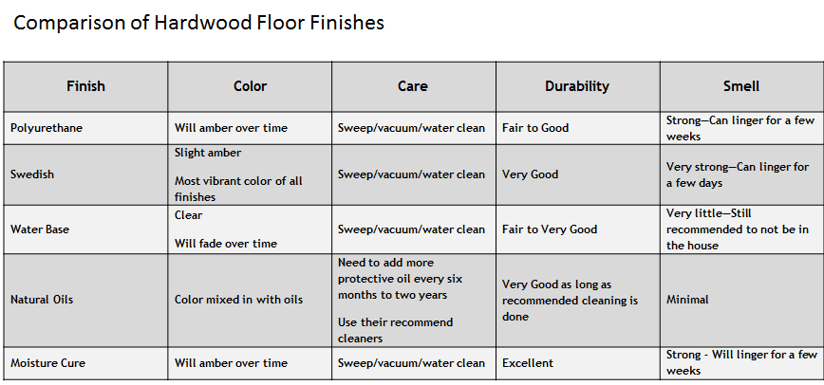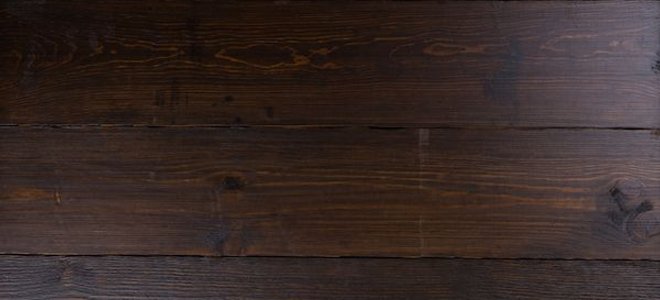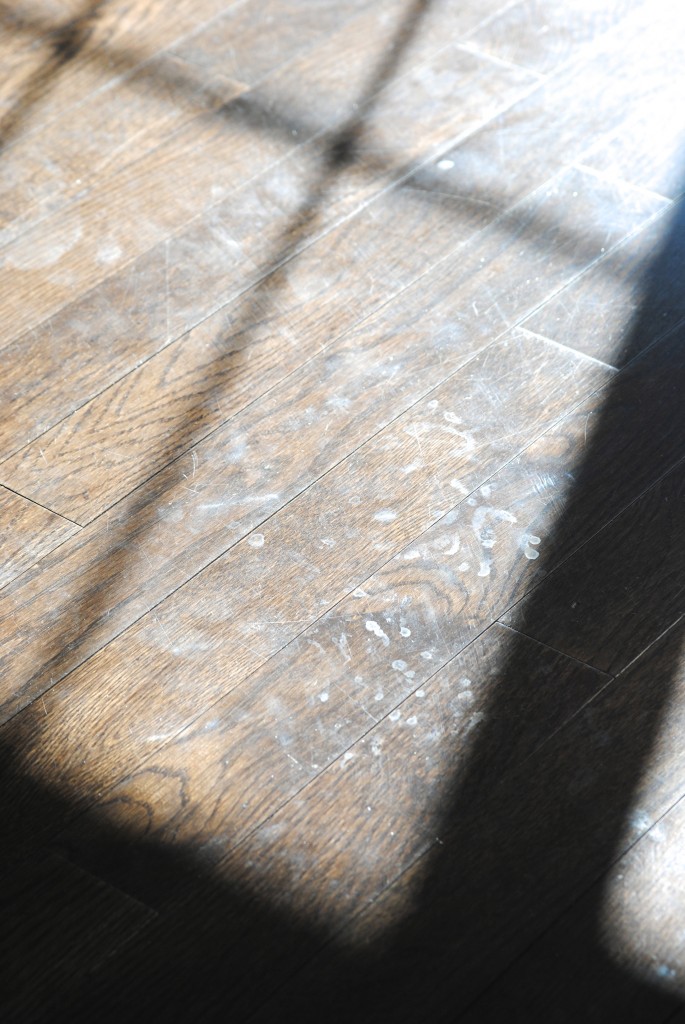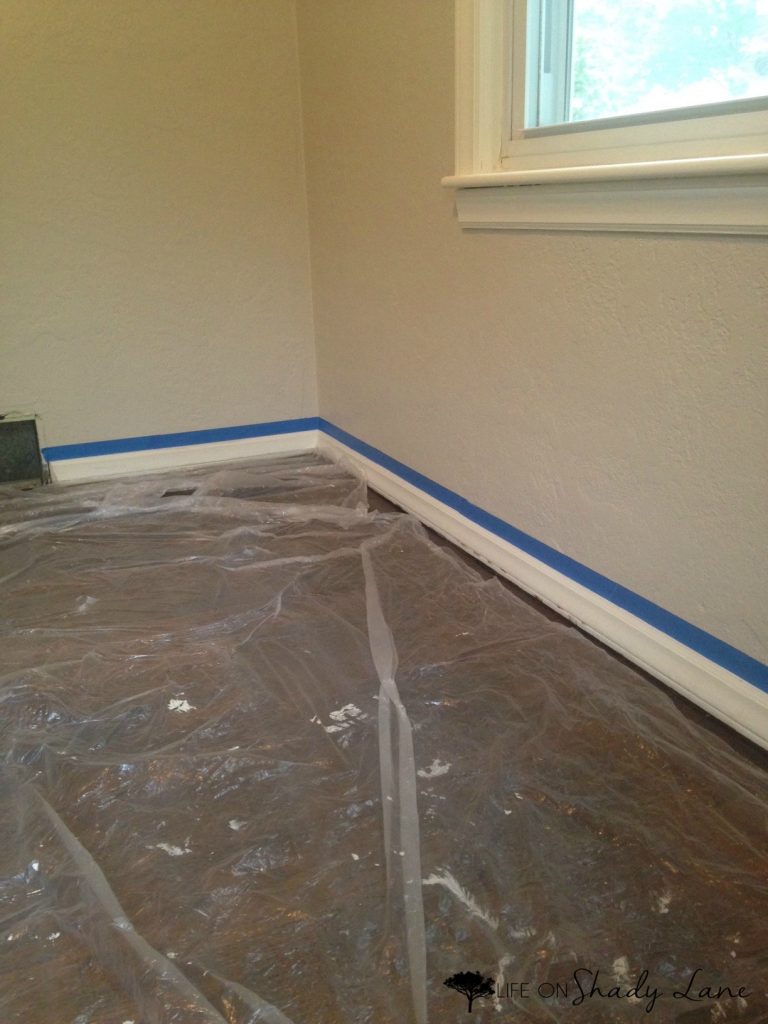Experiencing issues with hardwood floor stain not drying can be frustrating. The first step is to identify the cause. High humidity levels can significantly slow down the drying process. Ensure the room is well-ventilated by opening windows and using fans to improve air circulation. Additionally, maintain a stable temperature, as extreme cold or heat can affect drying times. Addressing these environmental factors is crucial for achieving a timely and even finish. Proper ventilation and temperature control are essential for optimal results.
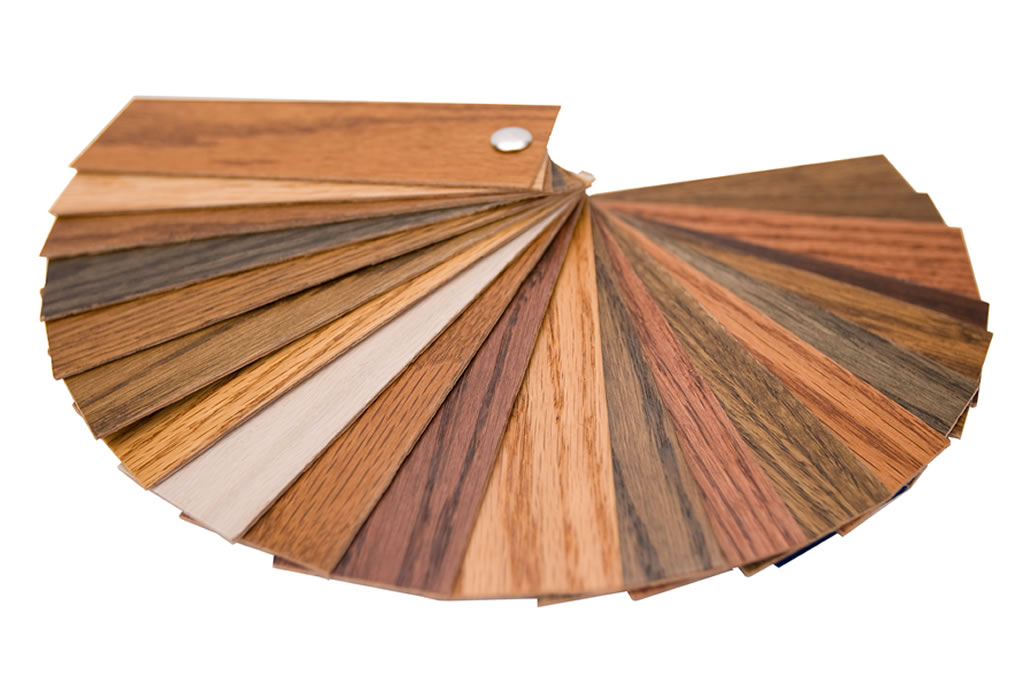
Another common cause of slow drying is applying the stain too thickly. A thick coat of stain takes longer to dry and may result in uneven coloration. To avoid this, apply the stain in thin, even layers, allowing each coat to dry before applying the next. Wipe off any excess stain with a clean cloth to achieve a uniform finish. This technique ensures that the stain penetrates the wood properly, promoting a faster drying process. Consistent and thin application is key to preventing prolonged drying times.

The type of stain used can also impact drying time. Oil-based stains typically take longer to dry compared to water-based stains. If you are using an oil-based stain and experiencing delays, consider switching to a water-based alternative. Water-based stains dry faster and are less likely to cause issues in humid environments. However, if you prefer the look of oil-based stains, be prepared for a longer drying period and plan accordingly. Choosing the right type of stain for your conditions can make a significant difference.
Improper preparation of the wood surface can also contribute to drying problems. Before applying the stain, ensure the hardwood floor is clean, dry, and free of dust and debris. Sand the surface to remove any old finish and create a smooth base for the stain. Cleaning and sanding the floor properly allows the stain to adhere better and dry more efficiently. This preparation step is crucial for achieving a professional-looking finish and avoiding complications during the staining process.
Lastly, consider the age and condition of the stain itself. Old or expired stain may not dry correctly, leading to prolonged drying times and a tacky finish. Always check the expiration date on the stain can and use fresh products for the best results. If you suspect the stain may be old, it is best to replace it with a new can. Ensuring the quality and freshness of the stain helps avoid issues and achieve a beautiful, durable finish on your hardwood floors.
Dayton Hardwood Floor Damage
Excess Hardwood Floor Stain: Correcting Wiping Errors
How to Clean Hardwood Floors Like A Pro
Frugal Ain’t Cheap: How to repair hardwood floor. A Beginners’ guide.
Best Minwax colors images Oak floor stains, Hardwood floor colors, Floor stain colors
Mattress Cleaning – LVCC Carpet Cleaning – Las Vegas, NV Steam Carpet & Upholstery Cleaners
How to Clean Hardwood Floors and Microfiber Furniture NATURALLY! – Making Lemonade
How to Refinish Hardwood Floors – Part 2 Life on Shady Lane
Related Posts:
